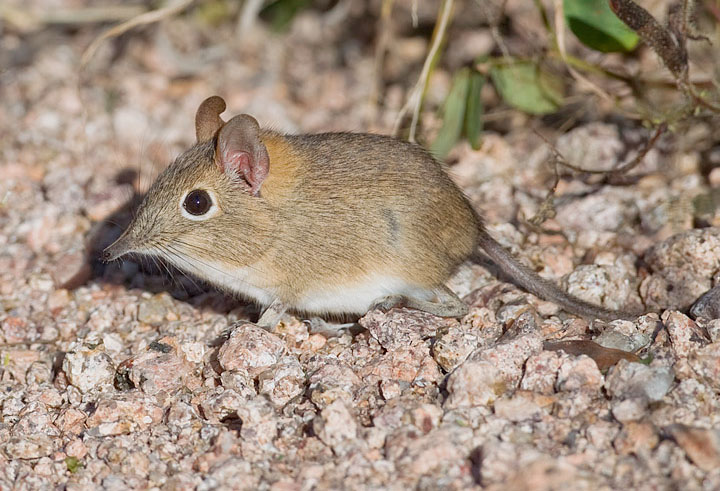
Elephant Shrew
Overview
Elephant shrews, also known as sengis, are small insectivorous mammals native to Africa. Despite their name, they are not true shrews and are more closely related to elephants, aardvarks, and manatees. They get their name from their long, flexible snouts, which resemble an elephant’s trunk.
Identification
These animals typically measure between 10 and 30 cm in length and have long hind legs that allow them to hop like rabbits. Their coloration ranges from reddish-brown to gray, depending on the species and habitat. They have large eyes and ears, aiding their alert and nervous disposition.
Habitat and Distribution
Elephant shrews are found in a variety of habitats across Africa, including forests, savannas, and rocky deserts. Each species tends to be highly adapted to its environment, using trails and runways to navigate their territory quickly.
Feeding and Pollination
Primarily insectivorous, elephant shrews feed on ants, termites, and other small invertebrates, using their long, mobile snouts to probe leaf litter and soil. However, some species are also known to consume fruits and nectar. In doing so, they can act as occasional pollinators for certain flowering plants, especially those with ground-level blooms.
Behavior
They are diurnal and highly territorial, often patrolling and maintaining complex trail systems through vegetation. Their speed and agility help them escape predators, while their keen senses keep them alert. Most elephant shrews are monogamous and maintain small territories shared by a pair.
Reproduction and Life Cycle
Gestation lasts about 45 to 60 days, and young are born fully furred and with open eyes, able to move within a few hours. The parents provide little postnatal care, and offspring become independent quickly. Lifespan in the wild is relatively short, typically around 2 to 4 years.
Conservation
While many species are considered stable, some—like the golden-rumped elephant shrew—are threatened due to habitat loss and fragmentation. Conservation efforts focus on habitat protection and further research into their ecological roles.
